Road safety might not be the most uplifting thing to talk about, but as a major player in healthy and sustainable cities it’s becoming a hot topic. Cities have been engineered to give priority to cars, making roads unsafe for most other forms of transportation. But, cars are the most unhealthy transportation choice both for our bodies and our planet. Creating streets that are safe is essential in supporting a shift to healthy, active, and sustainable transportation.
Cities across Canada are catching-up by slowing down, as international urban centres zero-in on safety rather than speed to solve transportation issues. A significant part of road safety is lower speeds, a central piece of Vision Zero, the best of the best when looking at road safety strategies. Yet, setting a lower speed limit isn’t entirely effective on it’s own, because our roads have been engineered for 60 km/h or more. When time is money, people will continue to drive fast where they’re able to. So how do cities slow down traffic within systems designed for cars going high speeds? The answer: traffic calming.
What is traffic calming?
Traffic calming is a combination of physical design features for roads and streets, like narrowing the road or adding speed humps, to address a variety of road safety issues, such as traffic congestion, high speeds, large volumes of traffic, or collisions. Check out the many methods of traffic calming that can be used below!
Traffic calming is applied to local, residential roads to ensure safe driving behaviour and to help keep the amount of traffic low. Traffic calming can be implemented on existing roads or incorporated in street design when roads are redeveloped. Often part of larger transportation strategies, traffic calming is an effective and affordable approach to improve road safety for everyone, people who drive, use a motorcycle, ride a bike or walk.
There are two ways that cities can approach traffic calming. Most Canadian cities are using the hot-spot approach, isolated measures installed at specific hot-spots of collisions to address a single issue. The other option is an area-wide approach, which systematically integrate traffic calming throughout a large section of a road network. Area-wide approaches shift the typical priority that’s given to motorists to pedestrians, cyclists and transit, addressing long-term bias towards cars.
Find more about the City of Winnipeg’s traffic calming here.
What are some benefits of traffic calming?
Affordable – a cost effective measure for cities to take to address road safety issues
Adaptable – they can be designed to address specific needs or as temporary measures that allow for flexibility
Quick to implement – temporary measures can be implemented quickly, and if they aren’t effective after a brief trial period they can be changed or reused in a different location
Enhanced street environment – Calm and quiet street environment, that is safe and attractive
Visibility – increases visibility for pedestrians
Promote sustainable and healthy transportation – cycling, walking, and taking transit become safer, nicer, and more efficient, supporting a shift away from car dependency.
What are the different types of traffic calming?
Here are some common traffic calming measures, along with helpful graphics thanks to the Toronto Traffic Calming Guide.

Speed Humps
Speed humps are raised area of a road, typically made of asphalt, that limit travel speeds – drivers need to slow down to cross the speed hump without damaging the vehicle. They are designed to have minimal impact on emergency, maintenance and transit vehicles, and cyclists. City of Winnipeg speed hump information.
Increase the depth of a speed hump to create a speed table.
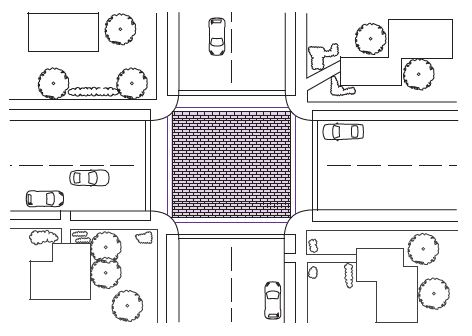
Raised Intersection or Speed Tables
An intersection or large section or road that is constructed at a higher elevation then the adjacent street. They reduce speed by introducing a bump to the road, and increase pedestrian visibility.
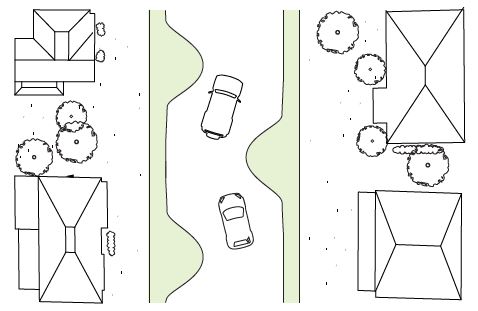
Chicanes
Chicanes are additions on alternative sides of a street, that create a zig-zag effect and narrow the road. Vehicles need to slow down to steer through it. Mid-street curb bumpouts, alternating parking spots, patio or outdoor seating, garden boxes, or even large bike parking can be used.
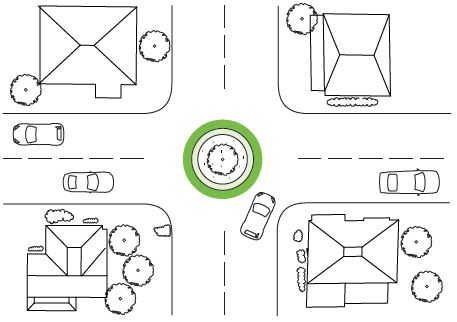
Traffic Circles
A traffic circle is a raised island at the centre of an intersection. Drivers slow down to travel through the intersection counterclockwise. Used to calm roads with relatively low volumes of traffic. You can find these in Winnipeg neighbourhoods, on streets like Grosvenor or Nassau.
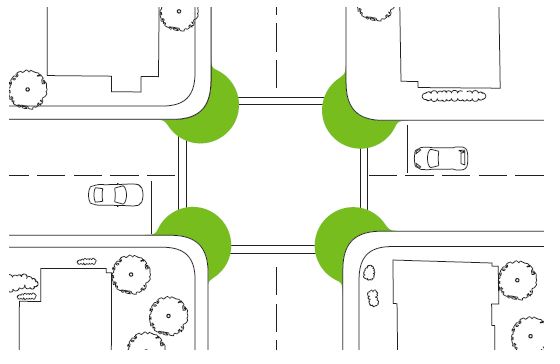
Curb Extension
A curb extension, or curb bump-out, moves the curb into the roadway, resulting in a narrower section. These function mid-block as a chicane (top right), or at intersections to reduce road crossing distance and increase pedestrian visibility (bottom right), reduce turning radius to cause cars to reduce speed (above).
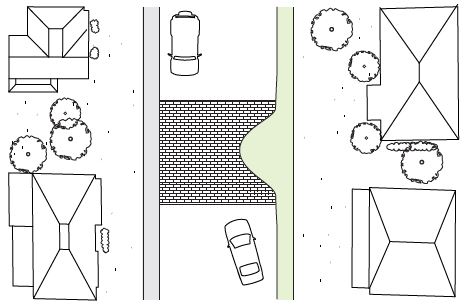
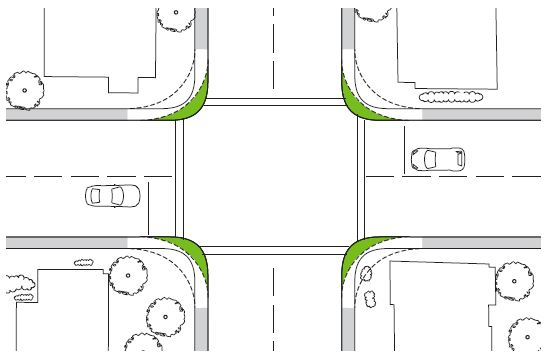

On-Street Parking
On-street parking spots to narrow roads. If the parking spots also alternate from one side to the other, also acts as a chicane to reduce vehicle speed. These are a favourable method of traffic calming as they are very low cost, require not infrastructure change, and combat loss-of-parking concerns raised by other traffic calming methods.
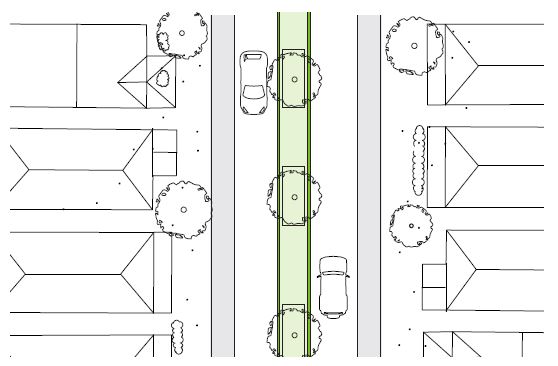
Raised Medians (Lane narrowing)
An elevated median at the centre of a two-way roadway to reduce the overall road width, which leads to reduced driving speeds. These can also be used as a diverter if used through an intersection, to stop through-traffic. Bike lanes can be incorporated to offer a protected bikeway.
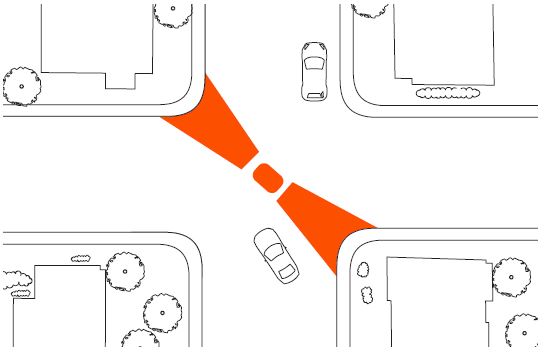
Diverters and Road Closures
A diverter is a raised barrier across an intersection that forces traffic to turn, or to close a street or lane. There are often gaps to allow pedestrians and cyclists to get through. This method reduces traffic volume by eliminating through-traffic, and reduces speed. Winnipeg Example: Assiniboine Avenue.
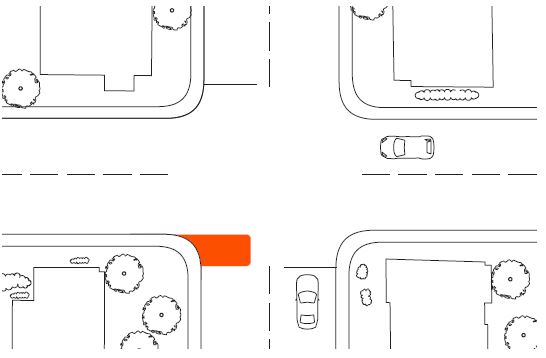
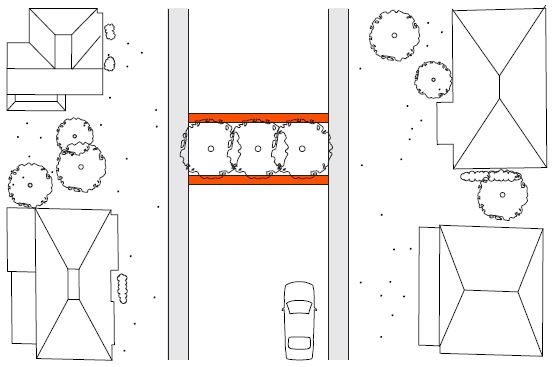
Questions and Concerns
There are concerns and myths about the potential negative impacts of traffic calming. Here are some common questions.
What about the impacts on emergency vehicles, like ambulances or fire trucks?
If not planned out well using a broad area-wide approach, there can be impacts to response times. However, temporary curbs or concrete barriers are a way to allow for changes with hot-spot approach to minimize impacts.
Won’t slowing down traffic increase traffic congestion?
While you would think that going slower would just clog up our roads, it doesn’t! Traffic calming and speed reductions makes walking, public transit, and other forms of transportation more accessible, so there are fewer cars on the road. Traffic flows better!
Will traffic calming result in less parking?
A traffic calmed street doesn’t mean a loss of parking on the street. On-street parking can actually be used as traffic calming, to narrow a street or create a chicane (check out the image above!)
Resources and Further Reading
Vision Zero
https://visionzero.ca/
Street Design Elements (The National Association of Traffic Official)
https://nacto.org/publication/urban-street-design-guide/street-design-elements/
Traffic Calming Guide (City of Toronto)
https://www.toronto.ca/legdocs/mmis/2015/pw/bgrd/backgroundfile-78246.pdf
Traffic Calming – Technical Resources (ITE: A Community of Transportation Professionals)
https://www.ite.org/technical-resources/traffic-calming/

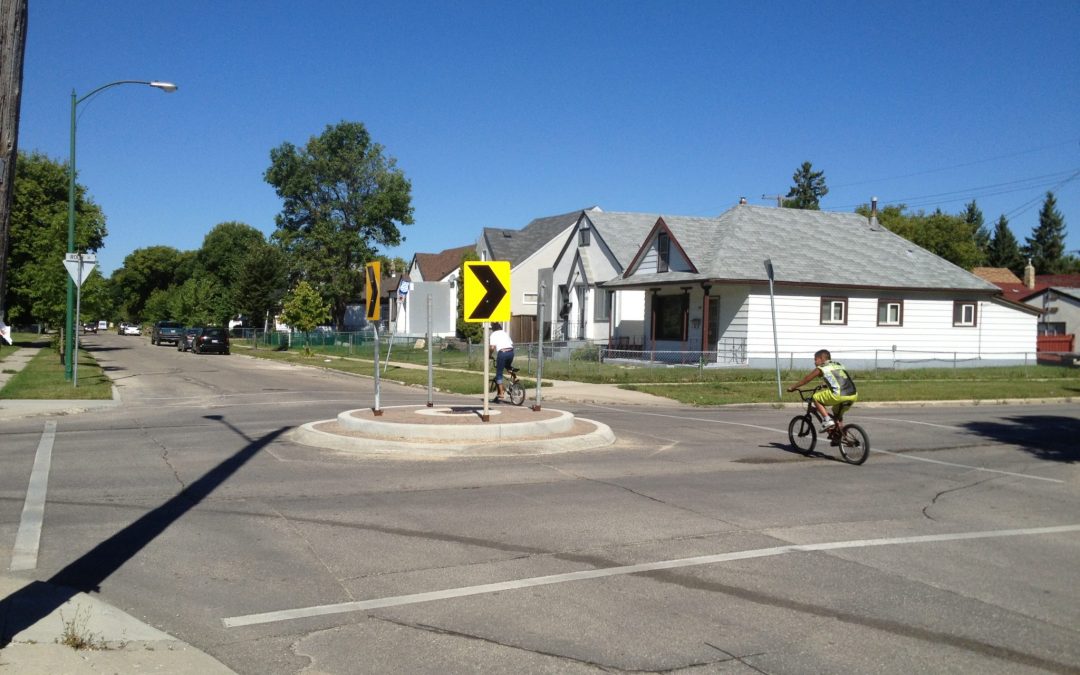


Recent Comments